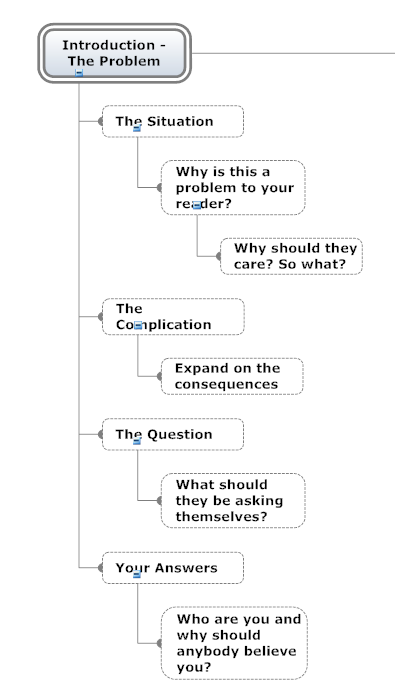 Good business writing should be like a good butler: working smoothly in the service of the reader without calling attention to itself.
Good business writing should be like a good butler: working smoothly in the service of the reader without calling attention to itself.
This means that you avoid language that sounds impressive.
This weekend I was reviewing some books on business writing, including Harvard Business Review’s Guide to Better Business Writing.
Although these tips are designed for business professionals who write reports, proposals, presentations and memos, they are totally applicable to blog writing.
There is no better way to approach business and blog writing tasks than to keep in mind three realities:
There is a confusing amount of contradictory advice about how to compose a business report:
- Writing should be clear – but it should also “sound good”
- Information should be simple and straightforward – yet cleverly composed to stand out
- Get to the bottom line quickly – but don’t leave out background details
Use your words to carry information, ideas and build relationships with readers by speaking their language. Go easy on the jargon and cliches. Organize your content so that readers will be drawn into reading your ideas logically presented to flow in a way that makes sense.
The number one question readers are asking when they glance at material is this:
Why am I reading this? What’s in this for me? Why should I care?”
Not to be harsh, but they don’t care about you. The introductory paragraph needs to quickly establish the relevancy and utility of the document to readers.
An effective introduction briskly tells a story built around four elements:
- The situation: A quick factual sketch of the current business situation that serves to anchor the reader.
- The complication: A problem that unsettles the situation in the story you’re telling. It’s why you’re writing the memo or report.

- The question: This can be implied but may be better spelled out, as in:
a. What should we do?
b. How can we do it?
c. What’s wrong with what we’ve tried? - The answer: Your response to the question and your solution to the complication.
Let me show you how this diagrams out, here’s what the first few paragraphs of your writing should include:
I know this is a short summary, and all diagrams run the risk of leaving questions unanswered. But this should also help you to organize your thoughts more clearly.
What do you think, is this helpful?















Recent Comments